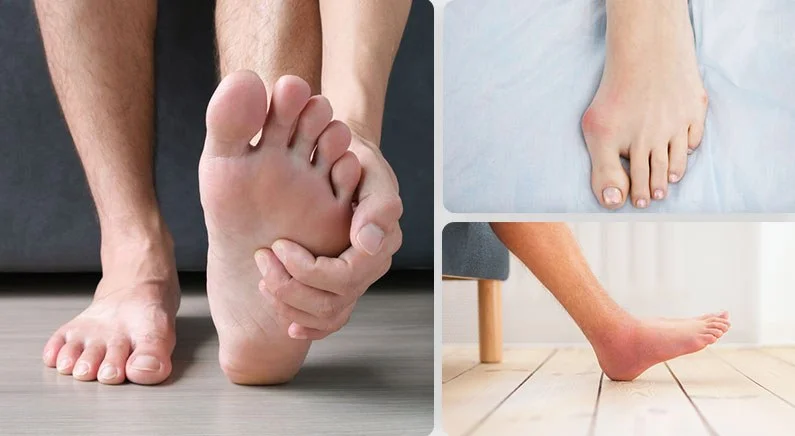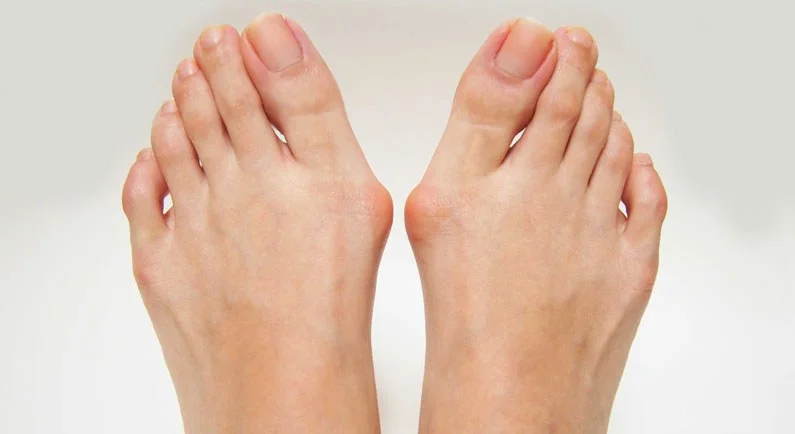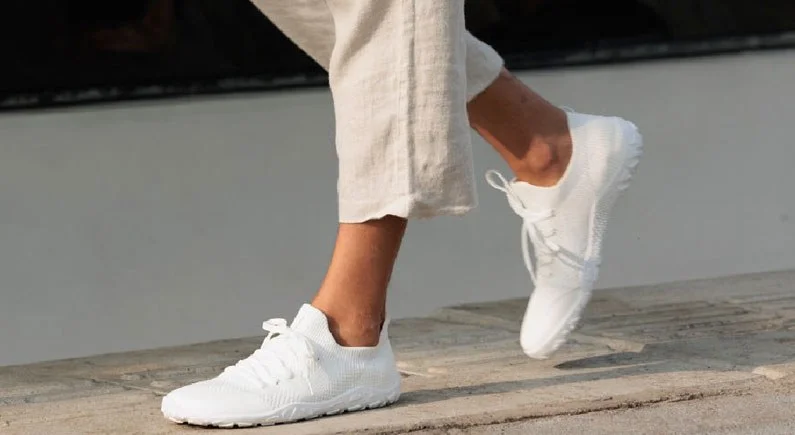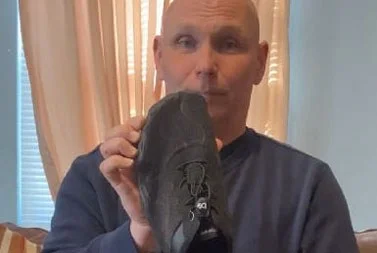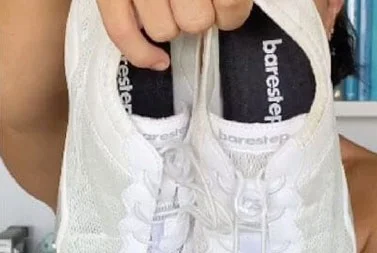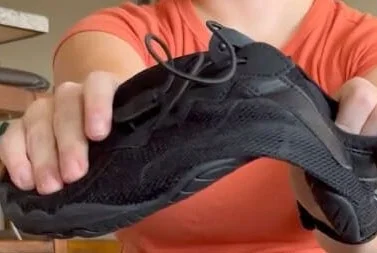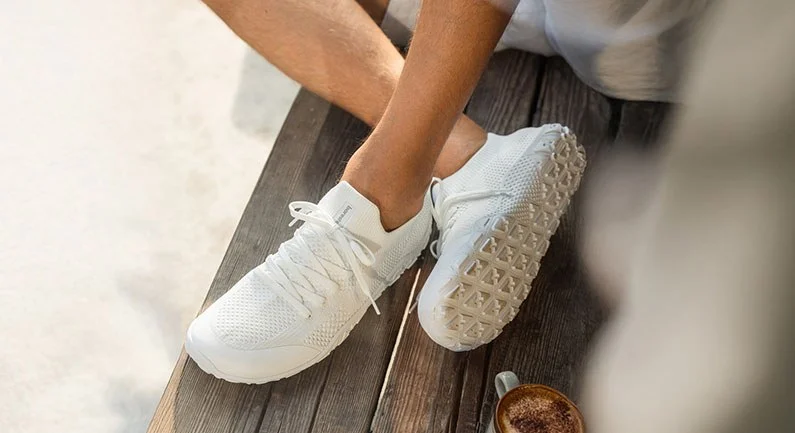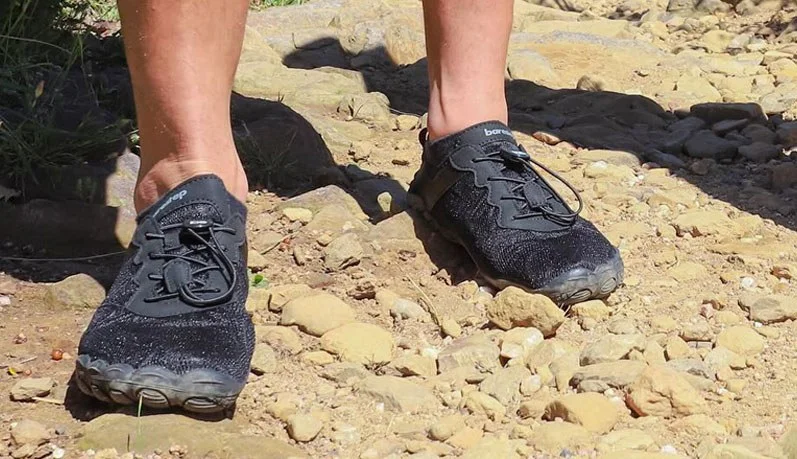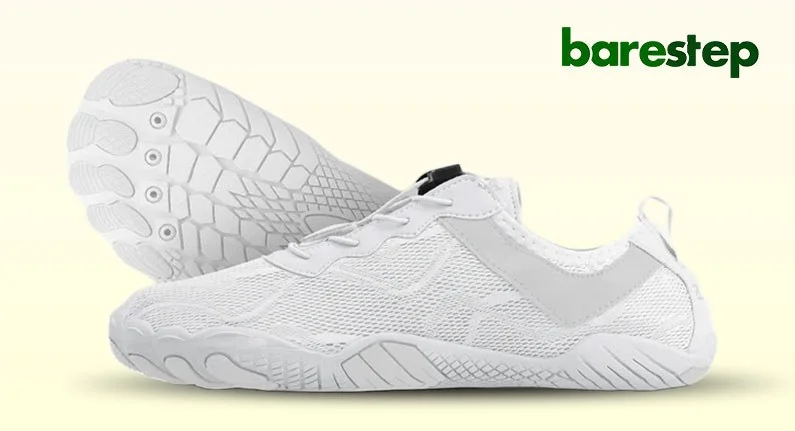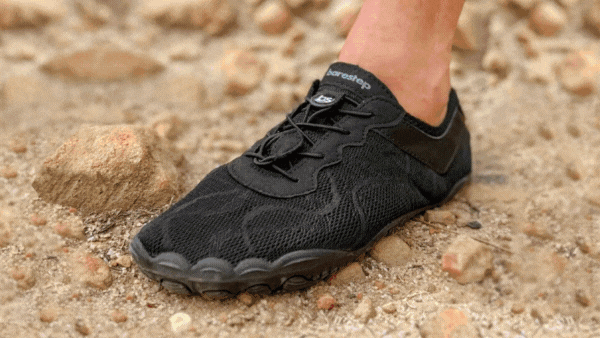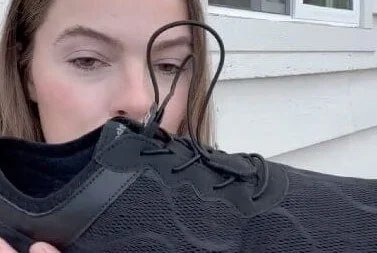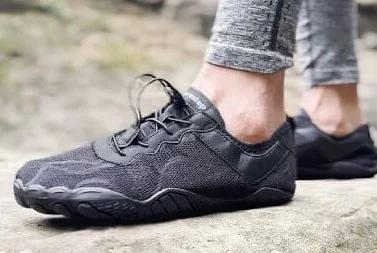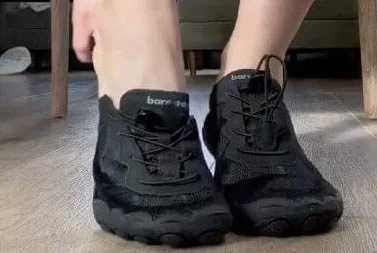It started with a pinch.
Not a big one. Just a tight little throb under the ball of my right foot. Nothing serious—just one of those things you chalk up to “getting older,” like creaky knees or forgetting where you left your keys.
But the next week, that little pinch turned into a sharp stab every time I stood up.
Two weeks later, I was limping through the grocery store.
By the end of the month, I was declining dinner invites and avoiding walks with my wife—all because my feet hurt too much to enjoy anything.
I Thought I Could Tough It Out
I’m not the type to complain.
I’ve worked on my feet most of my life—warehouse jobs, retail, sales floors. A little pain? That’s just part of the deal.
But this was different. It wasn’t just foot pain anymore—it was fatigue in my calves, stiffness in my knees, a dull ache running up to my lower back. I felt slow. Older than my years.
I bought new sneakers. I tried inserts, foot massage rollers, Epsom salt soaks. A neighbor swore by compression socks, so I gave those a shot too.
None of it worked.
One Morning, I Couldn’t Even Stand
It happened in early spring.
I swung my legs out of bed like I always do—and felt a bolt of pain shoot from my heel up to my hamstring. I couldn’t put weight on my right foot. I actually had to crawl to the bathroom.
That was the moment I knew: this wasn’t “getting older.” This was something worse. Something that wasn’t going away on its own.
I saw a podiatrist who rattled off words like “plantar fasciitis,” “degenerative arch support,” and “nerve compression.” He handed me a prescription for physical therapy and told me to stay off my feet as much as possible.
But how do you stay off your feet when life demands that you move?
A Friend Said Something That Stopped Me Cold
I was venting to my friend Sarah about the whole situation when she said:
“Honestly… it might just be your shoes.”
My shoes?
I was insulted. I’d just dropped $120 on a pair of walking shoes from a big-name brand with all the bells and whistles—memory foam, air bubbles, orthopedic certification.
But Sarah just smiled. “You know what helped me when I had the same issue? A pair of shoes that don’t try to cushion your feet—but let them move naturally.”
She sent me a link. I clicked. And that’s the first time I saw them:
BareStep Shoes — The Shoes That Help Your Feet Work the Way Nature Intended
I’ll admit, they looked… different.
Wide toe box. Super flexible sole. Totally flat heel. Almost like a hybrid between a slipper and a sneaker.
The website said they were designed to mimic the feeling of walking barefoot—letting your feet move as nature intended, instead of binding them into weird shapes and angles like most modern shoes do.
Turns out, that “pinch” I felt was just the start of what years of restrictive, stiff, and elevated-heel shoes had done to my feet.
Traditional shoes, it said, weaken your muscles. They mess with your balance. They even restrict circulation.
But BareStep?
They liberate your feet.
I was still skeptical—but the customer reviews were glowing. And they offered a 30-day comfort guarantee, so I figured, what the hell?


